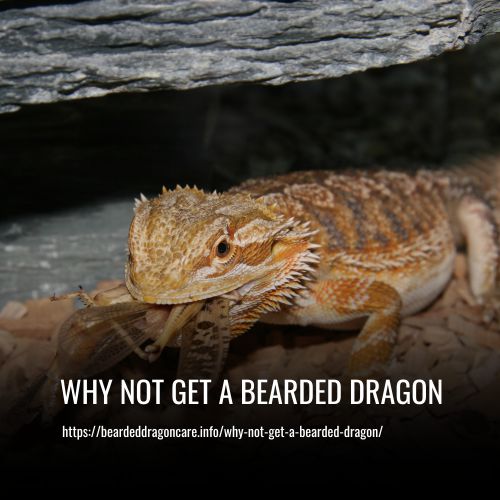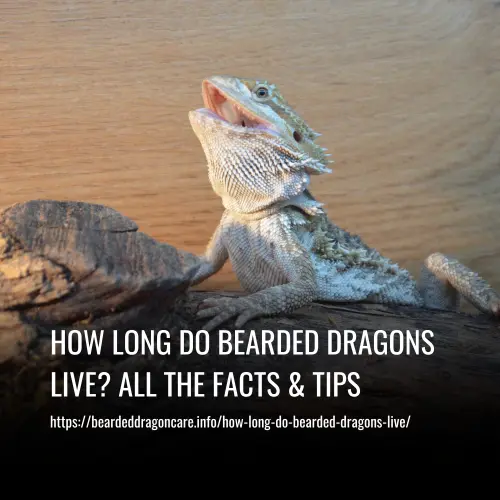Husbandry refers to the ‘housekeeping’ practices involved in keeping, in this case, Bearded dragons. The important Bearded dragon husbandry-related aspects are housing, lighting, temperature, and feeding.
Housing
Bearded dragon housing is usually in the form of an enclosure. It should be large enough for normal physical and physiological functioning. The recommended floor space for a single Bearded dragon is at least (900 x 350)cm / (35 x 14)”. This should be increased by at least 25% per Bearded dragon added after that. Commonly used enclosures include large tanks/aquariums, large cabinets, and large plastic enclosures.
Lighting
A reptile-specific ultraviolet (UV) lamp should be supplied to stimulate vitamin D3 production in the skin which aids in calcium absorption. Correctly installed ultraviolet lighting will also supply visible light. Artificial UV lighting should be mounted within 30 cm / 12 ” from the main basking area and should be replaced every six months. Lights with higher UV intensities (5% or more) are preferred. Even if artificial UV light is supplied, it is still recommended that pet Bearded dragons spend at least one hour per day, or as much time as possible, outside in natural, unfiltered sunlight.
Temperature
Bearded dragons are desert animals. The correct ambient (background) temperature with a basking spot should be supplied. For Bearded dragons, the background temperature should range between 24 and 34 ºC / 75 and 93 ºF. The basking area should be around 40 °C / 104 °F with a natural temperature gradient toward the recommended background temperature on the other side of the enclosure.
Feeding
Bearded dragons need a combination of plant materials (or so called greens) and good quality insects like crickets, cockroaches, silkworms, and Phoenix worms. Food should be supplemented with good-quality calcium two to three times a week and insects should be gut-loaded with an appropriate gut-loading formula.


